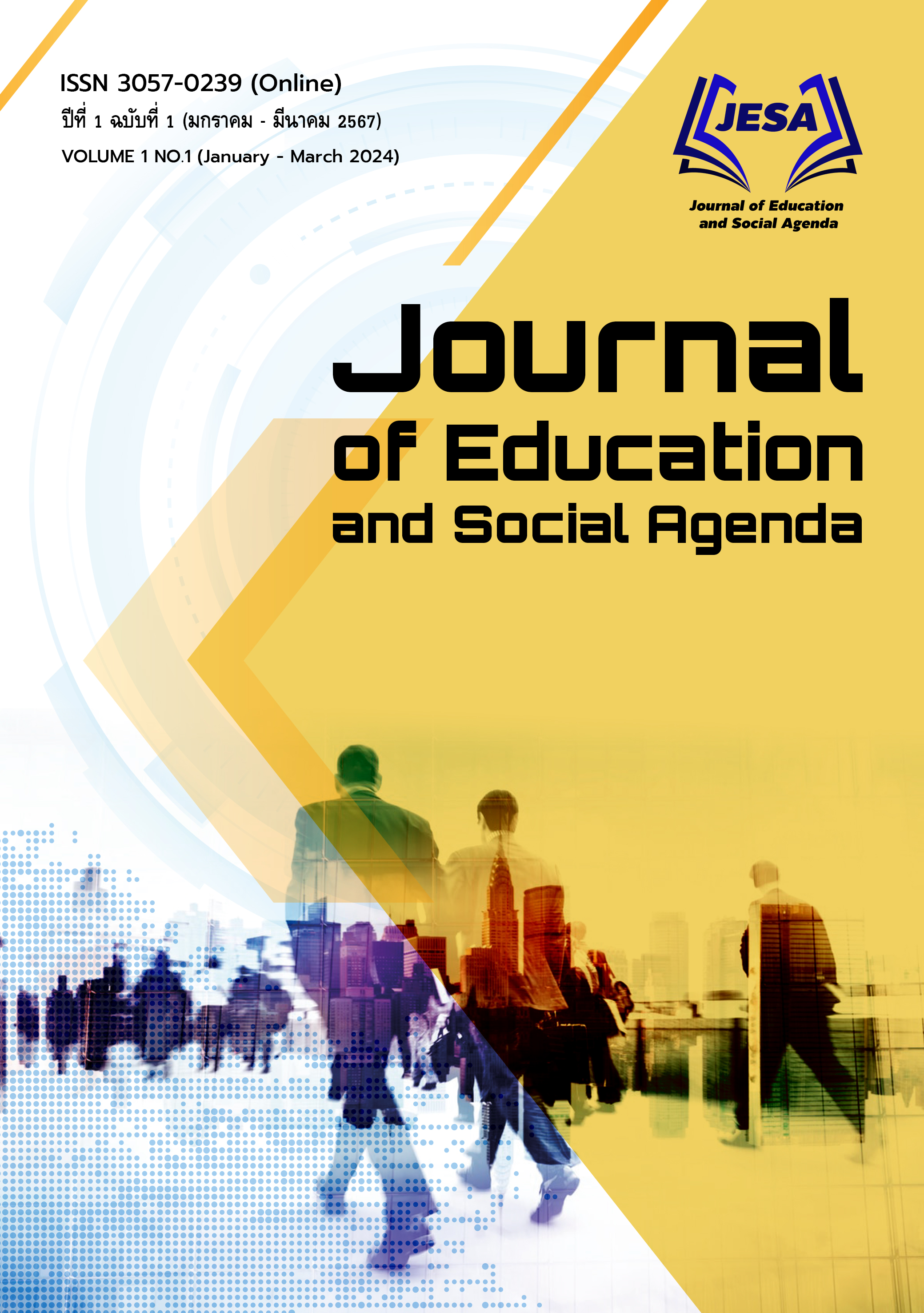The Role of Sangha Administration Sisaket Province
Keywords:
Role, Ecclesiastical Governance, BishopAbstract
This academic article aims to study the role of the Sangha administration of the Sangha in Sisaket Province. It was found that supervising the Sangha of the Sangha has three aspects: 1) compliance with the Dhamma and Vinaya; 2) compliance with the Sangha rules; and 3) compliance with regulations. To be complete, according to the Dhamma and Vinaya Rules and regulations have been issued to be consistent with those who follow them, requiring monks to study and learn about the rules and regulations governing the Sangha at every level. They must act according to the Dhamma and discipline and under the rules of the Sangha. An association that has laid down various rules, regulations, and orders to help with the administration of the Sangha. To make it easier to govern, monks and novices need to practice and remain in the monastic form. Moreover, to govern the Sangha at various levels to ensure its welfare and the prosperity of Buddhism.
References
กรมการศาสนา. (2540). คู่มือพระสังฆาธิการว่าด้วยการคณะสงฆ์และการพระศาสนา. กรุงเทพฯ : โรงพิมพ์กรมการศาสนา.
กรมวิชาการ. (2545). การจัดสาระการเรียนรู้พระพุทธศาสนา. กรุงเทพฯ : กรมวิชาการ.
พระเทพเวที (ประยุทธ์ ปยุตฺโต). (2532). พุทธธรรม ฉบับปรับปรุงขยายความ. (พิมพ์ครั้งที่ 5). กรุงเทพฯ : โรงพิมพ์มหาจุฬาลงกรณราชวิทยาลัย.
พระธรรมปิฎก (ป.อ. ปยุตโต). (2539). ความสำคัญของพระพุทธศาสนาในฐานะศาสนาประจำชาติ. กรุงเทพฯ : โรงพิมพ์ บริษัทสหธรรมิก จำกัด.
พระพรหมคุณาภรณ์ (ป.อ. ปยุตฺโต). (2546). พจนานุกรมพุทธศาสตร์ ฉบับประมวลธรรม. กรุงเทพฯ : บริษัท สหธนนมิก จำกัด.
พระพรหมคุณาภรณ์ (ป.อ.ปยุตโต). (2554). พจนานุกรมพุทธศาสตร์ ฉบับประมวลศัพท์. กรุงเทพฯ : โรงพิมพ์บริษัท สหธรรมิก จำกัด.
พระเมธีธรรมาภรณ์ (ประยูร ธมฺมจิตฺโต). (2539). การปกครองคณะสงฆ์ไทย. กรุงเทพฯ : บริษัท สหมิกธรรม จำกัด.
สำนักงานเจ้าคณะจังหวัดศรีสะเกษ. (2554). เอกสารประกอบการประชุมพระสังฆาธิการ. (อัดสำเนา)

Downloads
Published
How to Cite
Issue
Section
License
Copyright (c) 2024 Asia Connect Journal

This work is licensed under a Creative Commons Attribution-NonCommercial-NoDerivatives 4.0 International License.
This article is published under a Creative Commons Attribution-NonCommercial-NoDerivatives 4.0 International License (CC BY-NC-ND 4.0), which allows others to share the article with proper attribution to the authors and prohibits commercial use or modification. For any other reuse or republication, permission from the journal and the authors is required.
